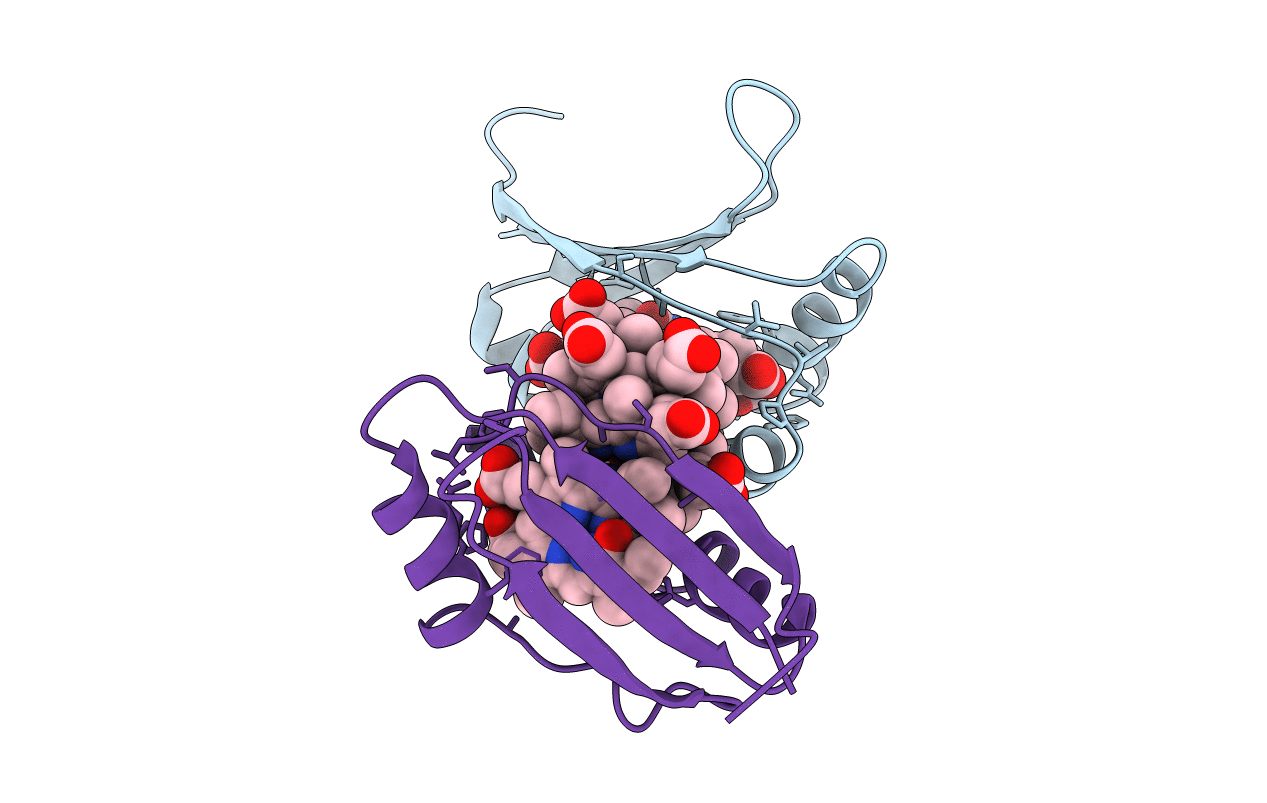
Deposition Date
2019-06-30
Release Date
2019-11-06
Last Version Date
2023-10-11
Entry Detail
PDB ID:
6PLE
Keywords:
Title:
Crystal structure of MhuD R26S mutant in complex with biliverdin
Biological Source:
Source Organism:
Host Organism:
Method Details:
Experimental Method:
Resolution:
2.50 Å
R-Value Free:
0.28
R-Value Work:
0.23
R-Value Observed:
0.23
Space Group:
I 2 2 2


